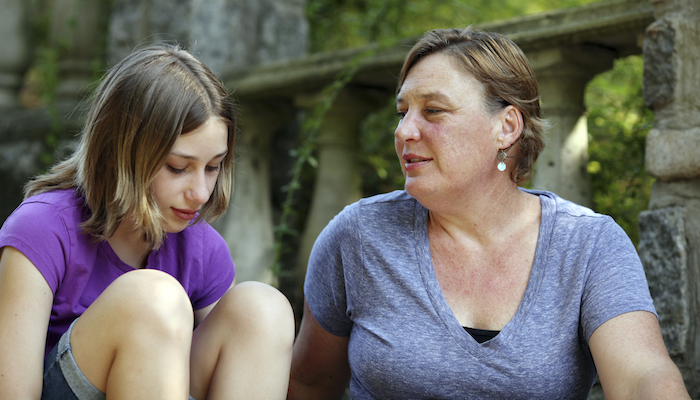When the children in an adoptive family have different birth mothers, their parents always long for the same level of contact with each. Wouldn’t that be great! Yet it’s far more common for one sibling to have more contact than the others. It’s also to be expected that the child who has little or no contact with her birth mother usually wants what her siblings have.
How can you explain this complex adult situation to your child? In an ideal scenario, your child will already be familiar with her general adoption story, and, by the age of nine or ten, should be ready to hear any and all details that you know. Children always fare better with concrete facts, rather than abstractions. If you haven’t already, share her birth mother’s name (if you know it) and any photos you may have. Perhaps you have a letter her birth mother wrote at the time of placement.
Explain what you know about the birth mother’s circumstances that may have led her to decide against contact. For example, her family may not know she placed a child for adoption, making it difficult for her to have a relationship with your child. Again, sticking to concrete information will also help your child understand that, even though his birth mother is not in his life at this time, this doesn’t mean that she doesn’t love him.
A Loving Example
Although one child’s birth mother is absent, your other children’s birth mothers can play an important role. I’ve seen one birth mother become the family birth mom on countless occasions, in families with various levels of openness. A family birth mother might take both kids on a special outing when she comes to visit, or write letters to both. In short, she becomes an extended family member who takes an interest in the lives of all the children in your family.
While one child’s birth mother can’t replace another, she can help teach what a birth mother is, which may make it easier for a child to understand the circumstances that would lead a birth mother to make an adoption plan. You can start the conversation by pointing out similarities between your children’s birth mothers: “Your birth mother, Susie, is a lot like your brother’s birth mother, Jane. Your birth mother made the adoption decision because of her love for you, just as Jane did with your brother.”
Lingering Questions
Be prepared for the chance that you might not be able to satisfy your child’s curiosity or smooth over disappointment that she doesn’t have a relationship with her birth mother, especially between the ages of eight and 13. Some kids find it painful to witness the relationships their siblings have with their birth parents.
One boy I know, 12-year-old Sean, got jealous when his older sister started having overnight visits at her birth mother’s house last year. He wished he could visit his birth mother, but he hadn’t seen her since he was very young. In this case, Sean’s parents decided to try to reestablish contact with Sean’s birth mother. Your child, like Sean, may want to reestablish contact when he or she is a little older.
For now, there are several ways you can help your child work through some of her feelings. Have her write down some things she’d want her birth mother to know — her favorite color, the name of her pet — and encourage her to update the list or journal as she grows. You could also create a photo album with pictures of your child at different ages. You might say, “This way, you can share what you were like as you grew up if you do meet your birth mother, someday.”


